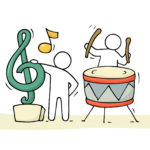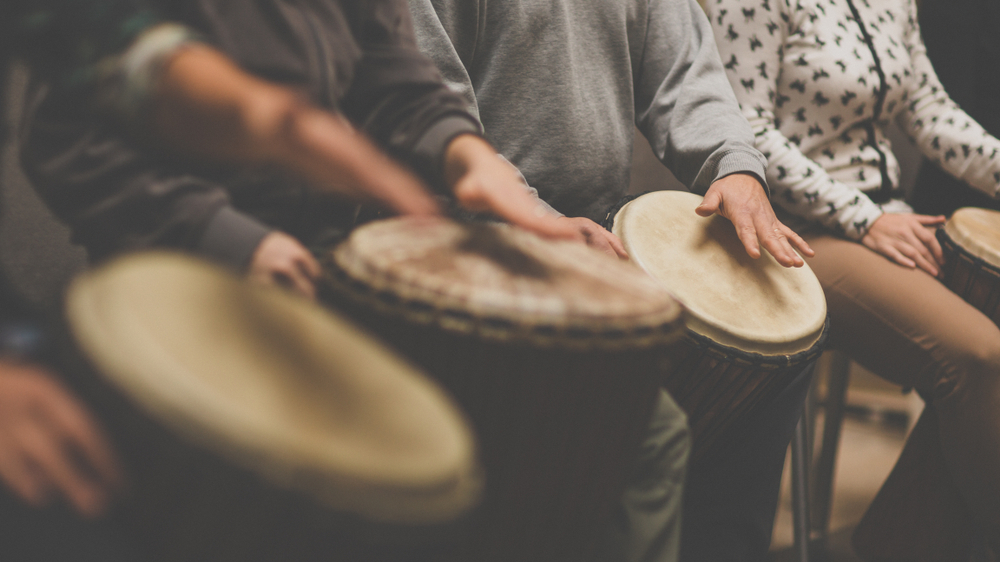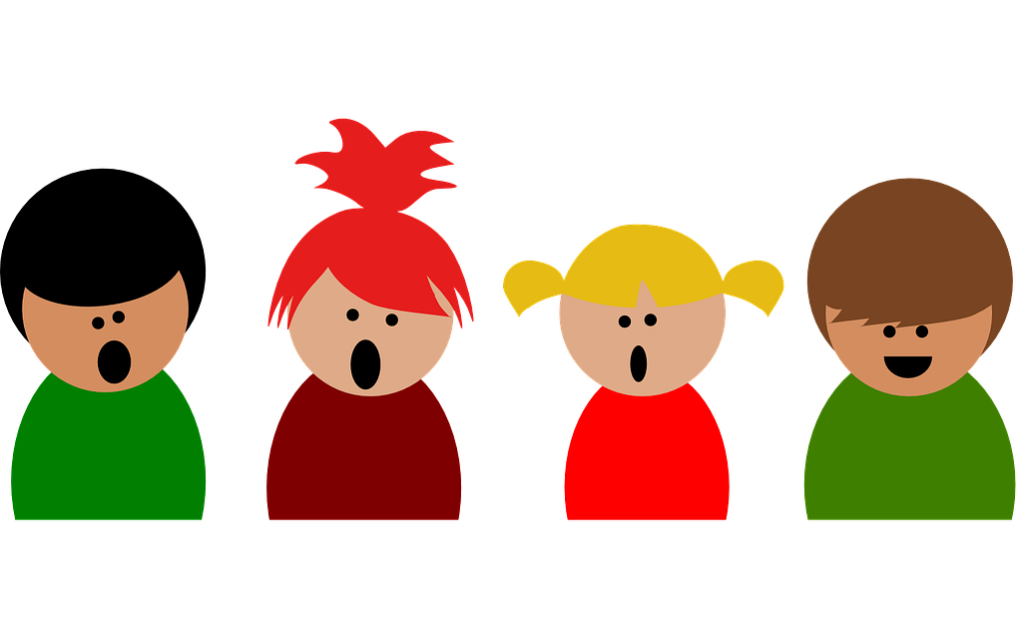
Boredom is a very real problem on inpatient mental health wards and has been linked to poorer patient satisfaction and poorer outcomes. The City128 study found that the provision of patient activity sessions was associated with lower rates of self-harm, that comprehensive programmes of patient activity may act to reduce more serious self-harm, as well as being highly valued by patients (Bowers et al 2008). The provision of activities has also been linked with reduced levels of restraint (Wilson et al, 2018), increased levels of recovery (Stickley et al, 2018) and improved patient experience (Wykes et al, 2018).
The benefits of activities within these settings has been recognised within policy and guidance aimed at improving the quality of inpatient care (see the Accreditation for Inpatient Mental Health Services (AIMS), RCPsych, 2017). These standards for inpatient services state that patients’ preferences should be considered during the selection of medication, therapies and activities, and acted upon as far as possible, and should be provided during evenings and weekends as well during ‘office hours’ (Beavon et al, 2017). Yet the provision of activities in the evenings and weekends remains an area of concern with around a half of wards reportedly not providing regular activities during those times. The lack of provision of regular and meaningful activities has been recognised within the National Institute for Health and Social Care (NICE) (2011) clinical guidelines for Improving the experience of care for people using adult NHS mental health services. This guidance also reported that little was known about what services users want when admitted to inpatient wards, or how activities can become meaningful for those using the services.
As a result, there is a growing area of research into the therapeutic activities that can be used on inpatient wards to improve outcomes and recovery as well as patient satisfaction. One area of growing interest has been the use of music as a therapeutic tool (Unkerer & Thaut, 2005). While such activities are being increasingly used on wards, a 2013 review found that from the 35 research papers identified, there was unclear evidence of the therapeutic benefit of these music groups (Carr et al, 2013).

Boredom is a very real problem on inpatient mental health wards and has been linked to poorer patient satisfaction and poorer outcomes.
Methods
This paper describes the implementation and evaluation of a music group activity in a 22-bed adult inpatient mental health ward in Australia. The music group was essentially a singing group, conducted by one or more staff members, who provided the music options, taught the songs and led the singing on either piano or guitar.
The aim of the paper is to explore two key research questions:
- What are the therapeutic benefits for patients participating in the music group activity?
- What is the broader impact of the music group activity on the staff and ward?
A qualitative design was used to evaluate the music group by conducting four focus groups with staff and patients on the ward following six months of the group running. A total of 22 staff took part (18 ward staff and 4 group facilitators) as well as 9 patients who took part in the groups and 4 who didn’t. Thematic analysis was used to analyse focus group data.

Music therapy is popular with inpatients, but to date has produced limited quantitative results in research.
Results
Five themes emerged from evaluation
- Effects on mood
- Relationships and engagement
- Social connectedness and inclusion
- The ward atmosphere
- Noise/agitation.
The psychological benefits of the music group were found in the direct improvement in mood reported in the evaluation. Patients self-reported these mood improvements, feeling that the group was ‘uplifting’ and made them ‘happy’. This was attributed to the feeling that the music group was enjoyable and that patients had a good time during it.
The themes focused more on the social impact that the music group had with two of the themes exploring how being involved in the group led to benefits to the relationships that patients had with both staff and other patients. This was particularly salient for the staff, who reported that being involved in the group helped to break down the barriers between the ‘them and us’ of the ward and help develop more of an equal community;
You build a connection, you build a rapport, and they can stop seeing you as a custodian.
Furthermore, this was linked to increased self-reported feelings of connection and inclusion: “has got to help”.
These themes of improved mood and social connection/improved relationships were seen by staff to lead to an overall impact and improvement in atmosphere on the ward by building a sense of community. This was exemplified by staff reports that the music group helped settle the ward following serious incidents on the ward.
While much of the paper noted the benefits on the music group, there were difficulties reported, with issues emerging around the noise that such a group creates. For those not taking part, the noise led to agitation and was a particular concern for patients who experienced sensory overload from the noise. As a result, staff observed that some patients retreated from shared spaces, thus impacting on the sense of community that was being achieved by the group.

This small qualitative study looked at the positive and negative aspects of music groups (in this case group singing) on an inpatient unit in Australia.
Conclusions
The music group activity as described in this paper demonstrated immediate benefits for both patients and staff on the ward by providing an enjoyable activity that increased the sense of community felt by patients and staff on the ward.
Strengths
The key strength of this paper is that it pays attention to the patient voices when exploring the feasibility of this intervention, which is something that can often be missing from the conversation of what activities are provided on mental health wards. As was outlined in the NICE guidelines, there is limited research exploring what patients on inpatient mental health wards actually want (NICE, 2011), and so studies that focus on patient experience are much needed.
Limitations
The authors acknowledged that the long-term effects are difficult to know from this evaluation as a result of the short length of stay observed on the wards and the lack of follow-up or comparison. Furthermore, it is difficult to observe the impact of the group due to the lack of quantitative data to support self-reported aspects such as mood improvements. As a result, it is difficult to ascertain how beneficial such groups are, which makes it hard to justify the researchers’ conclusion that such groups are cost-effective or have benefits for recovery.
Implications for practice
Irrespective of the limitations outlined, its clear that the study adds to the much-needed discussion that we need to have around activities on mental health wards. While much of the literature in the field looks at what activities reduce incidents or improve recovery, little space has been given to what patients want or what they find enjoyable.
This study provides some insight into these aspects and provides initial thinking around the mechanisms around social connection, good mood and positive ward atmosphere that may indirectly improve recovery and mental well-being. As NICE and AIMS suggest, more research is needed to answer such questions and to include the patient voice in that conversation; this is a starting point!

Social connection, good mood and positive ward atmosphere may indirectly improve recovery and mental well-being.
Conflicts of interest
None.
Links
Primary paper
Hall TL, Mullen A, Plummer J, Berry S, Clancy RV (2019) Sound practice: Exploring the benefits of establishing a music group on an acute mental health inpatient unit. International Journal of Mental Health Nursing 28, 697-705. https://doi.org/10.1111/inm.12569
Other references
Beavon M, Raphael H, Shaygan S (2017) Standards for Acute Inpatient Services Working-Age Adults (AIMS-WA) – 6th Edition, publication number: CCQI 1265. Royal College of Psychiatrists, London.
Bowers L, Flood C, Brennan G, Allan T (2008) A replication study of the city nurses intervention: reducing conflict and containment on three acute psychiatric wards. J. Psychiatr. Ment. Health Nurs. 15, 737–742.
Carr C, Odell-Miller H, Priebe S (2013) A Systematic Review of Music Therapy Practice and Outcomes with Acute Adult Psychiatric In-Patients. PLoS ONE 8(8): e70252. https://doi.org/10.1371/journal.pone.0070252
NICE (2011) Service user experience in adult mental health: improving the experience of care for people using adult NHS mental health services. Clinical guideline [CG136]. Available from: https://www.nice.org.uk/guidance/cg136
Stickley T, Wright N, Slade M (2018) The art of recovery: outcomes from participatory arts activities for people using mental health services, Journal of Mental Health, 27:4, 367-373, DOI: 10.1080/09638237.2018.1437609
Unkefer RF, Thaut MH (2005) Music therapy in the treatment of adults with mental disorders: Theoretical bases and clinical interventions. Gilsum: Barcelona Publishers.
Wilson C, Rouse L, Rae S, Kar Ray M (2018) Mental health inpatients’ and staff members’ suggestions for reducing physical restraint: A qualitative study. J Psychiatr Ment Health Nurs 25: 188-200
Wykes T, Csipke E, Williams P, Koeser L, Nash S, Rose D, Craig T, McCrone P (2018) Improving patient experiences of mental health inpatient care: a randomized controlled trial. Psychological Medicine 48: 488-497.

Great review. This is something we should consider implementing in the UK and I have seen success in similar initiatives working wonders on acute older age wards.
I do have a few questions:
1) Do you feel the effect of this intervention could be explained in the same way as the cognitive theorem of mindfulness?
2) Do you think this could have a role in community care?